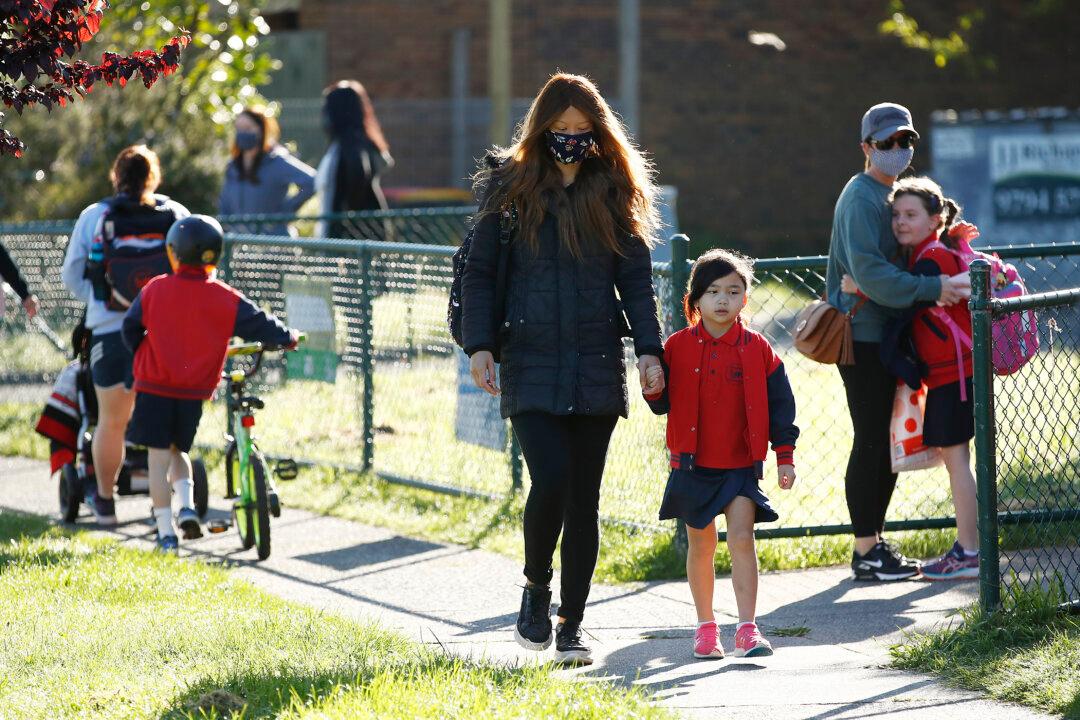The Reserve Bank of Australia (RBA) has stated it will put a range of interest rate decisions on the table in 2023 while warning Australians of more potential rate hikes as the economic outlook remains uncertain.
The newly released RBA’s meeting minutes revealed that the central bank put forward three interest rate options for December: a pause, a 0.25 percent increase, and a larger 0.5 percent lift.





